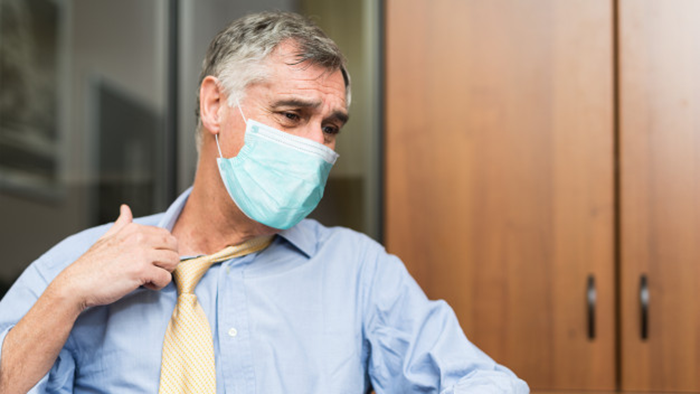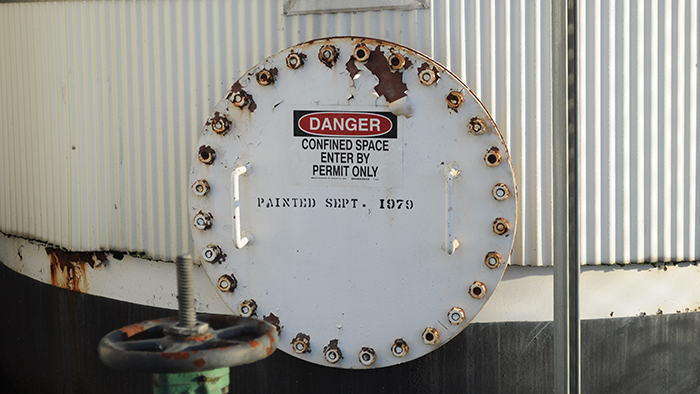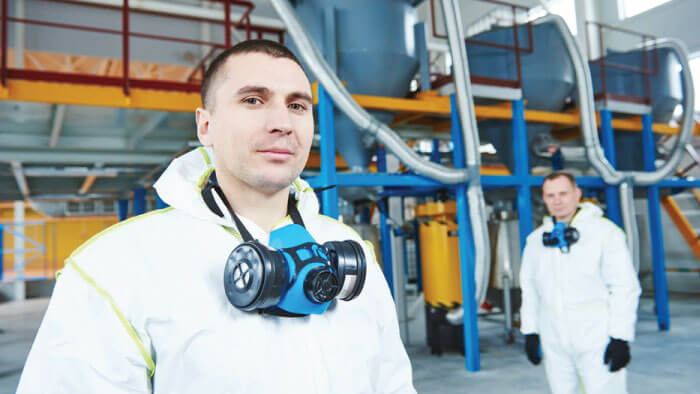The Ministry of Labour has made some regulatory changes in various regulations. Many of them come into effect on July 1, 2019, and others by January 1, 2020. A good majority of these amendments relate to the automotive manufacturing industry with the goal of lessening the legislative burdens. There are other proposed amendments to Mining and Oil and Gas but due to them only being proposed we decided not to include them in this summary. For the full range of proposals and amendments visit the Ministry of Labour’s website.

SUMMARY OF REGULATORY AMENDMENTS TAKING EFFECT AS OF JULY 1, 2019
Working at Heights training for projects in the Automotive Manufacturing Industry
- Working at heights training is not required when a worker is performing work on a project at a factory that manufactures or assembles automobiles, and is directly employed by the employer that operates the factory.
Notices of Project in Automotive Manufacturing Industry
- If the project is confined to a factory that manufacturers or assembles automobiles, a notice of project is not required unless total labour and material costs exceed $250,000.
Industrial Establishment Regulation 851 Amendments
- An employer, owner or constructor may vary a procedure required by this regulation or the composition, design, size, or arrangement of a material, object, device or thing so long as:
- The procedure, composition, design, size or arrangement provides protection to the health and safety of the worker that is at least equivalent to the protection as required in the regulation; and
- The employer, owner or constructor gives written notice of the above procedure to the JHSC or H&S Representative
- Section 86 now allows workers to wear personal flotation devices instead of lifejackets when appropriate and must have written measures and procedures to prevent a worker from drowning and an alarm system and rescue equipment to ensure the worker can be rescued safely
- Section 124 now states where a worker is working with or is likely to be exposed to a hazardous biological or chemical agent the employer must provide as many eyewash stations, emergency showers and antidotes, flushing fluids or washes as are needed to adequately apply emergency treatment
- This equipment must all be marked with a sign or label, be located in a conspicuous location near the biological or chemical agent, be readily accessible to workers and have instructions for how to use the equipment
- Guardrails are not required in Industrial Establishment areas such as loading docks, roofs accessed for maintenance only or pits on assembly lines
- Where no guardrail is required, the employer must have measures and procedures put into place to protect the worker
SUMMARY OF REGULATORY AMENDMENTS TAKING EFFECT AS OF JANUARY 1, 2020
Designated Substances Regulation 490
Control of Exposure to Biological and Chemical Agents Regulation 833
- An employer who provides workers with respiratory protection must ensure they have written measures and procedures in place regarding selection, care and use of the respirators.
- Employers must provide workers using respirators with training and instruction on
- Limitations of the respirator.
- Inspection and maintenance of the respirator, including, in the case of an air-purifying respirator, end of service life indicators or change out schedules for the cartridge, canister or filter.
- Proper fitting of the respirator.
- Cleaning and disinfecting the respirator.
- Employers must provide workers using respirators with training and instruction on
Requirements: tight-fitting respirator
- A respirator that is designed to be tight-fitting shall be tested for fit in accordance with one of the following:
- A qualitative fit test.
- A quantitative fit test.
- A worker shall conduct positive and negative pressure user seal checks prior to every use of a tight-fitting elastomeric respirator.
- A respirator that is designed to be tight-fitting shall not be provided to, or used by, a worker with facial hair that comes between the sealing surface of the facepiece and the face or that interferes with the functioning of the respirator. O. Reg. 189/19, s. 9.
Requirements: care and maintenance of respirator
- A respirator shall be cared for and maintained in accordance with the manufacturer’s instructions.
To learn more about how these regulation changes could affect you and your company, contact us for a free consult.





